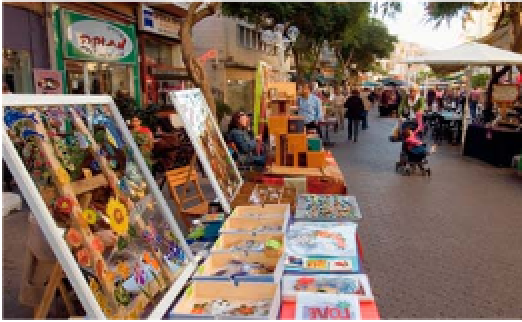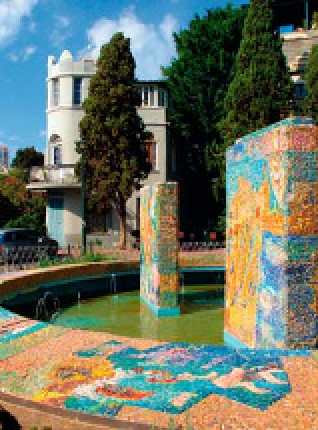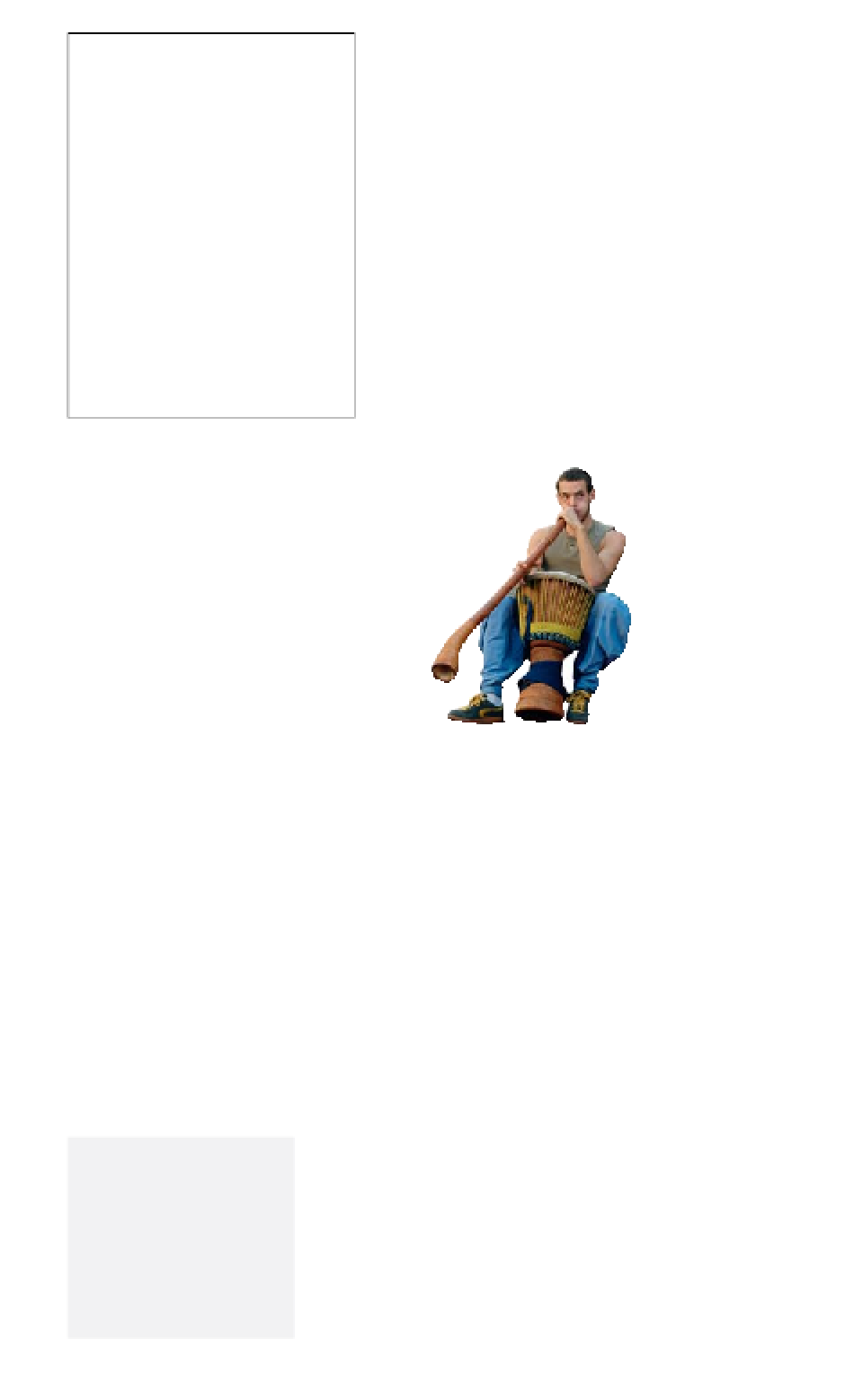Travel Reference
In-Depth Information
P
Yemenite Quarter
A masterplan for Tel
Aviv was drawnupby
Scottish urban planner
Sir Patrick Geddes at
the request of Mayor
Dizengoff in 1925.
This influenced the
growth of the city
for decades to come.
The Yemenite Quarter
(Kerem Ha-Temanim),
however, predates the
Geddes plan, and its
maze of small streets
contrasts sharply with
the orderly layout of
the rest of the city.
The architecture also
predates the arrival of
the Bauhaus style that
characterises much of
the rest of Tel Aviv.
Here, buildings instead
employ motifs from Classical,
Moorish and Art Nouveau
styles. This is most
apparent on
Nakhalat
Binyamin Street
,
which boasts
many curious, if
slightly faded,
examples of
this eclectic
architecture.
Thestreet is
especially worth
visiting on
Tuesdays and
Fridays, when it hosts a busy
craft market. This is also one
of the busiest nightlife streets,
in particular the area around
the junctions with Rothschild
Avenue and Lilienblum Street.
The other local landmark
is
Carmel Market
(open 8am-
5pm Sun-Fri), which is on
Ha-Carmel Street and is the
city's largest and busiest
open-air market. It begins
near the junction with Allenby
Street with stalls selling cheap
clothing and household items,
before switching to fresh fish,
meat, fruit and vegetables,
spices and herbs, breads and
biscuits, and nuts and seeds.
Many of the side streets off
Ha-Carmel specialise in
different food produce.
P
Shalom Tower
Observatory
9 Ahad Ha'am Street.
Tel
(03) 517 7304.
l
#
10am-6:30pm
Sun-Thu; 10am-2pm Fri; 11am-4pm
Sat.
&
One block west of Nakhalat
Binyamin Street, this austere,
1960s office building sits on
the former site of Israel's first
secular Hebrew school. At the
time of its construction,
the tower was the
tallest structure in Israel
(it is now surpassed
by theradio tower
near the Tel Aviv
Museum). There
are impressive
mosaics in the
lobby area, shops
onthe first and
second floors,
and a wax museum
onthethird, but the
main attraction is the
observation area on
the 34th (top) floor.
On a clear day, the
view stretches all the way
north to Mount Carmel near
Haifa and inland to Jerusalem
and the Judaean Desert.
Nahum Gutman's colourful, mosiac-covered
fountain on Bialik Street
P
Bialik Street
Bialik is one of the city's
most historic streets. At No.
14 is the
Rubin Museum
, the
formerresidence of one of
Israel's most famous painters,
Reuven Rubin (1893-1974).
It now contains a permanent
collection of 45 of his works,
as well as a historical archive
of his life. Changing exhibits
feature other Israeli artists.
A few doors along,
Bialik
House
(Beit Bialik) isthe
former home of Haim Nahman
Bialik (1873-1934), Israel's
national poet. The house has
been kept as it was during
Bialik's time, and includes a
library and paintings by some
of Israel's best-known artists.
At the end of the street is
a striking mosaic-covered
fountain by Nahum Gutman
(see p173)
.
A littlesouth of Bialik,
Bezalel Street
is home to a
street market famed for cut-
price fashion. South again,
Sheinkin Street
was a centre
of alternative culture in the
1980s. That is no longer the
case, but it still boasts many
independent shops and cafés.
Street performer on
Nakhalat Binyamin
P
Rothschild Avenue
This is one of Tel Aviv's
most elegant old thorough-
fares, lined with palm trees
and some of the city's finest
examples of Bauhaus
buildings
(see p171)
.
E
Rubin Museum
14 Bialik Street.
Tel
(03) 525 5961.
l
#
10am-3pm Mon, Wed, Thu;
10am-8pm Tue; 11am-2pm Sat.
&
www
.rubinmuseum.org.il
E
Bialik House
22 Bialik Street.
Tel
(03) 525 4530.
l
#
9am-5pm Sun-Thu; 10:45am-
2pm Sat.
Twice-weekly craft market on Nakhalat Binyamin in the Yemenite Quarter
For hotels and restaurants in this region see pp258-9 and pp275-8


















